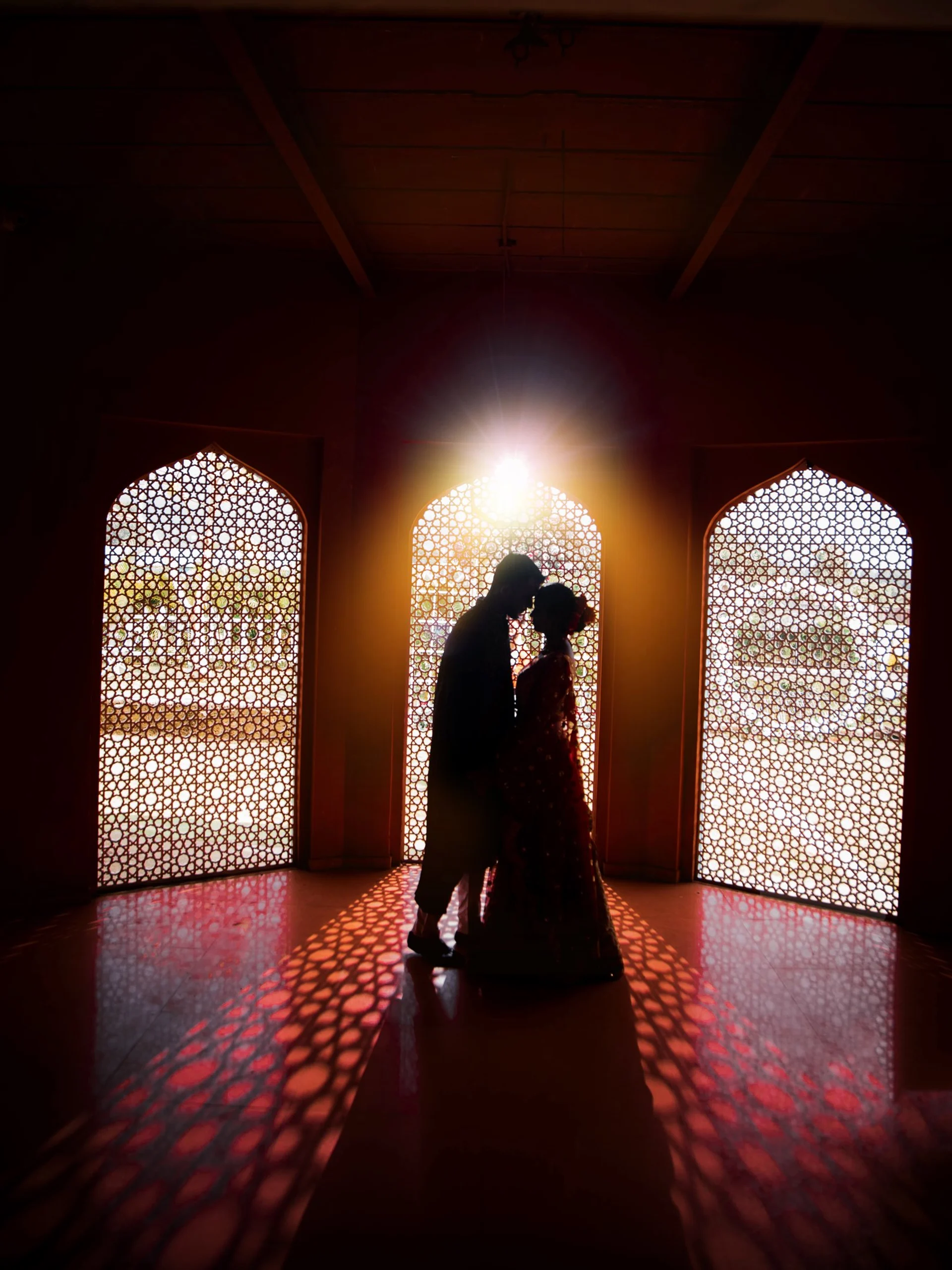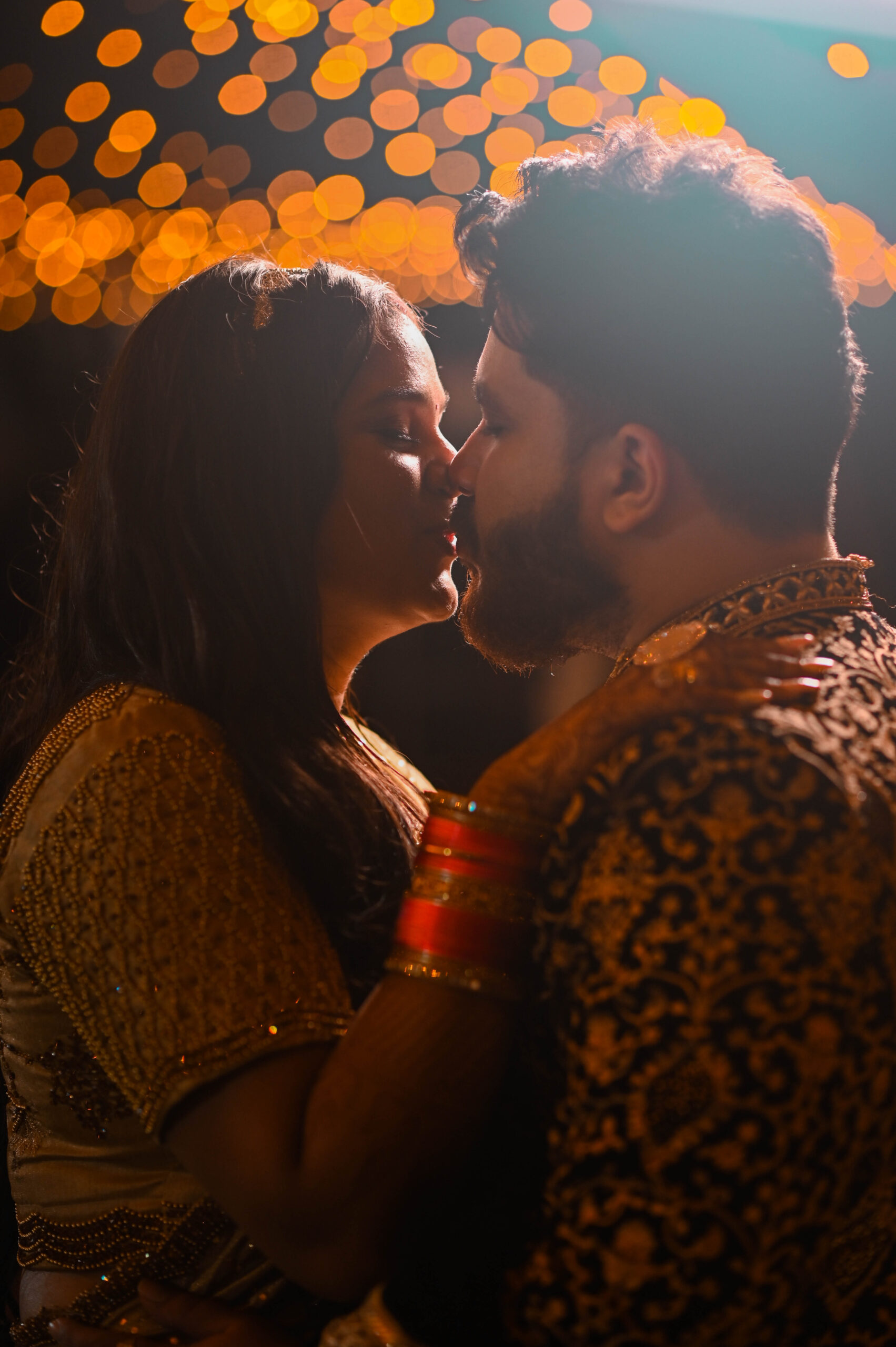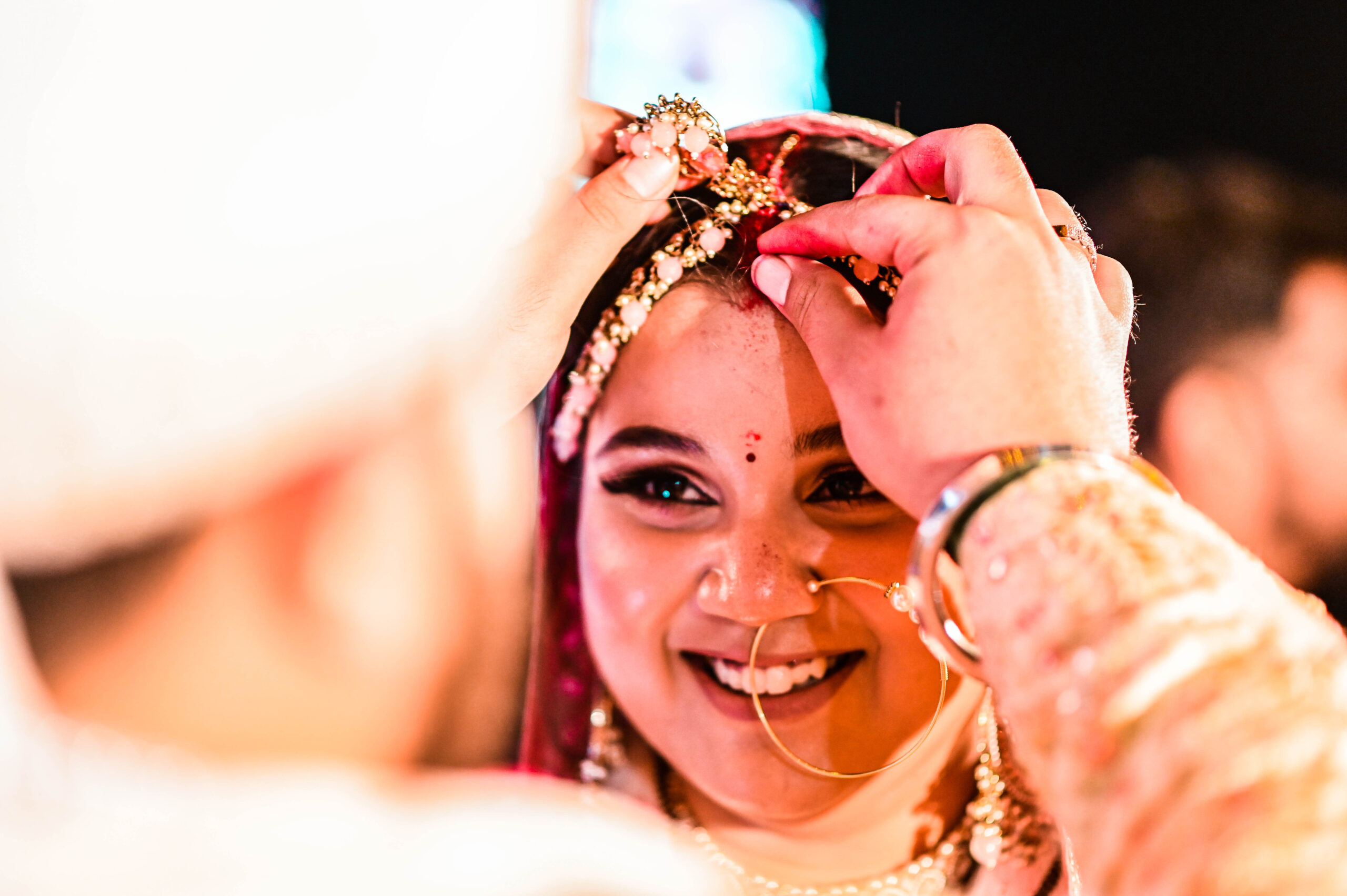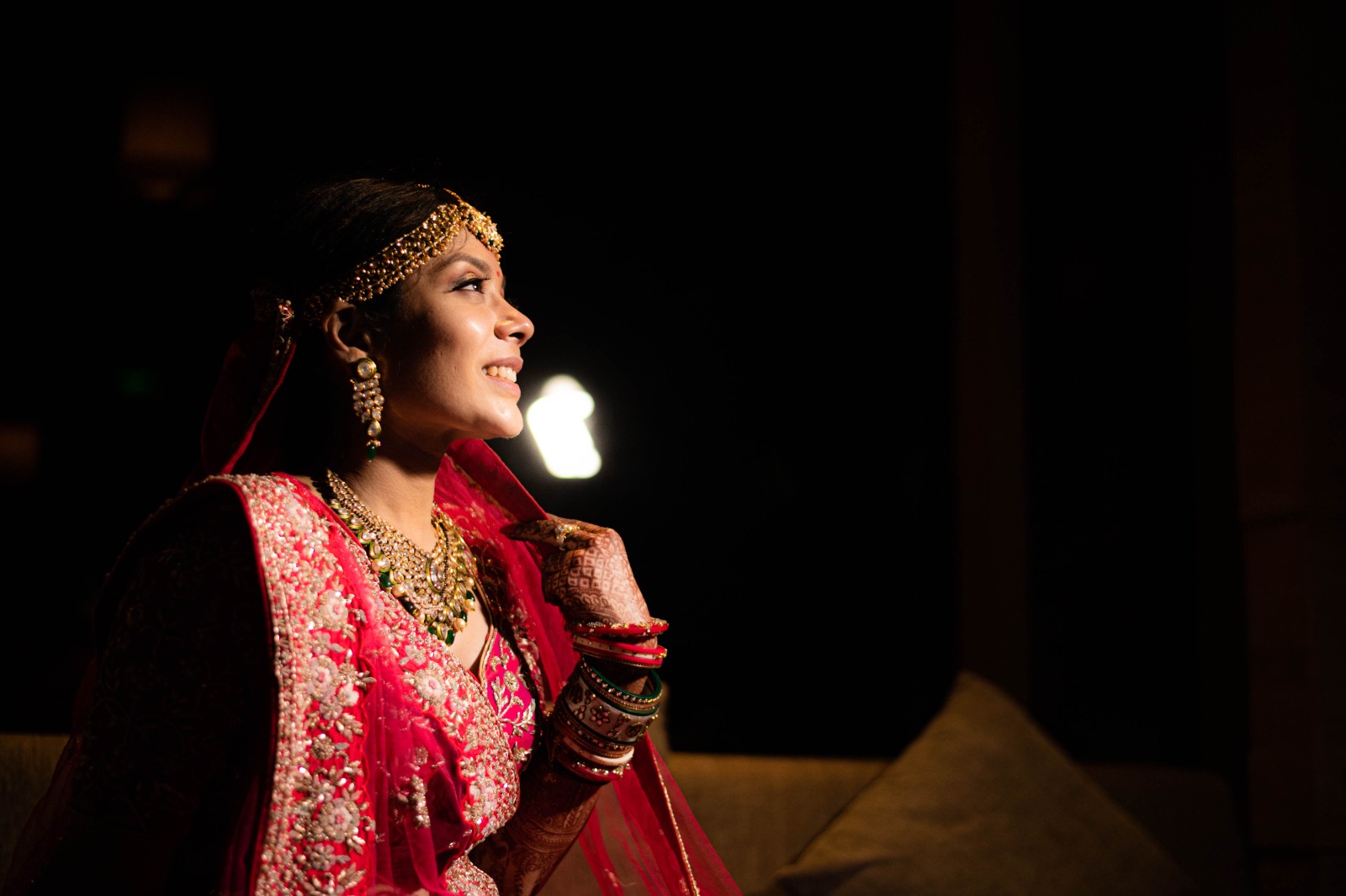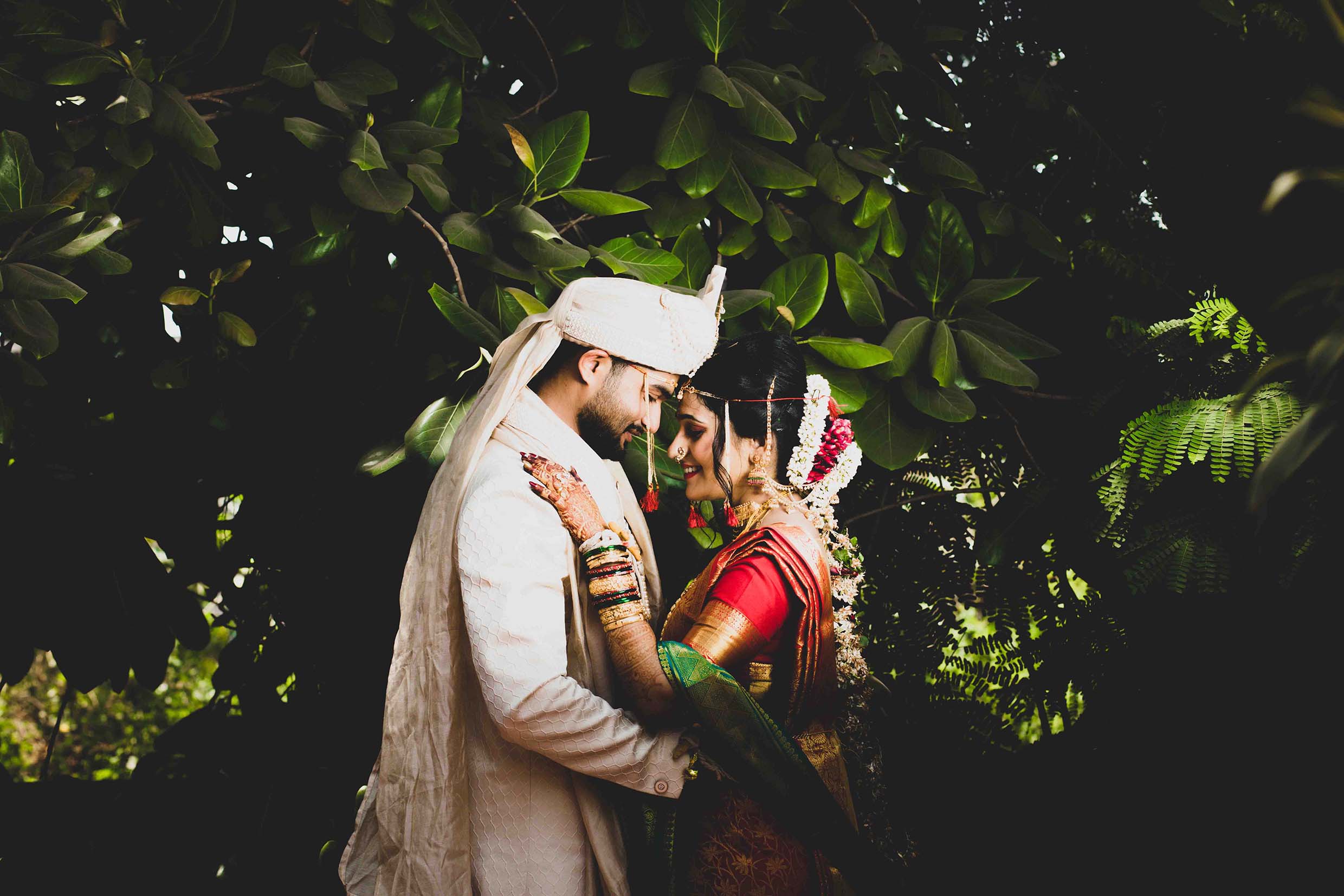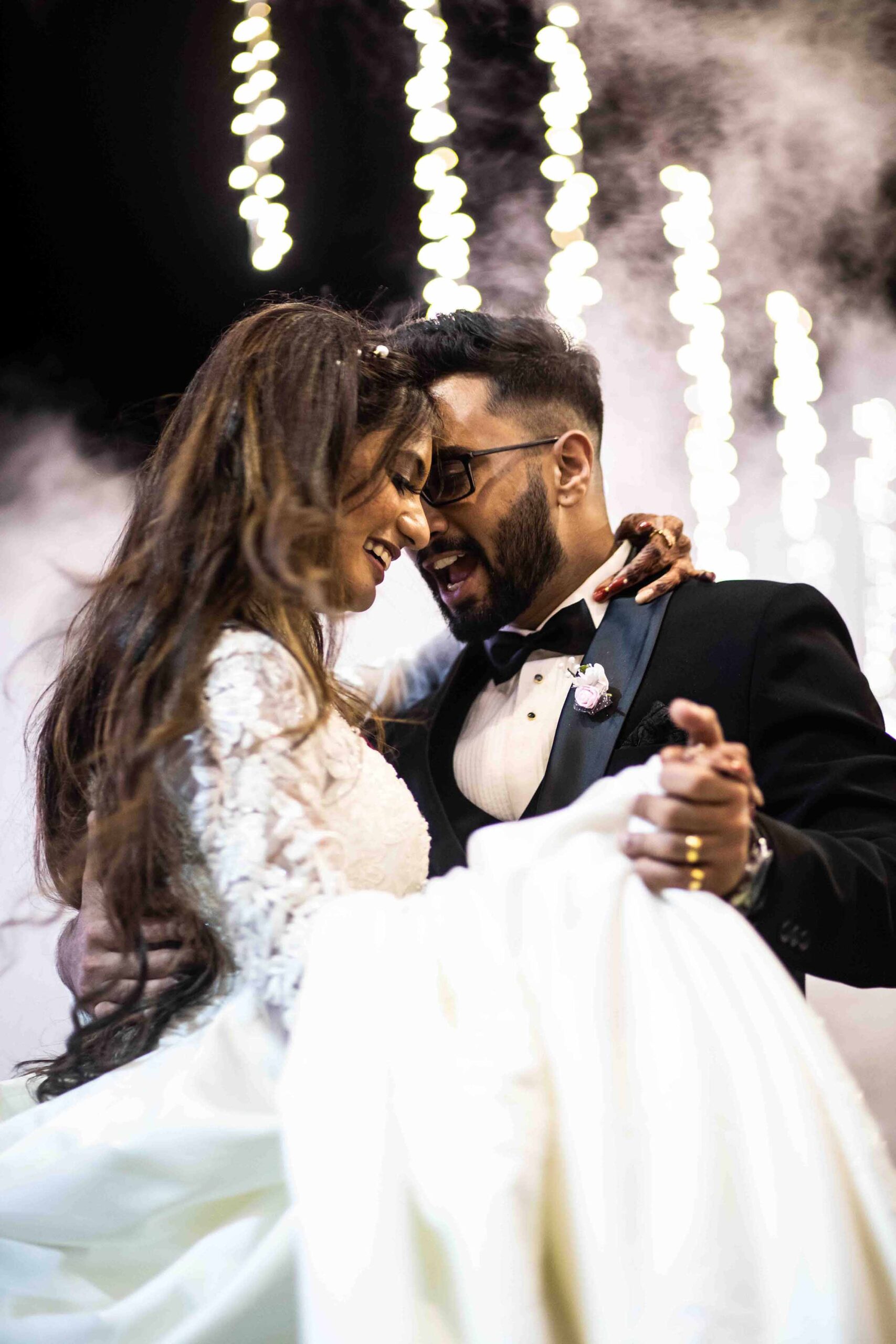Introduction wedding photography
Your wedding photography wedding day is one of the most significant and memorable events in your life. It’s a day filled with emotion, excitement, joy, and love, and it marks the beginning of a new chapter in your journey together as a couple. wedding photography As such, choosing the right wedding photography to document these precious moments is a decision that should not be taken lightly. wedding photography The right photographer doesn’t just take pictures; they capture the essence of the day, wedding photography telling your unique love story through their lens.
In this article, we will explore in-depth how to choose the perfect wedding photography photographer for your wedding. wedding photography From understanding different photography styles to evaluating portfolios, setting a budget, and communicating your vision, we will guide you through the entire process. wedding photography By the end of this article, you will have a clear understanding of the key factors to consider when choosing the wedding photography photographer who will create timeless memories of your special day.
Why Choosing the Right Photographer Matters wedding photography
Choosing a wedding photography is a critical decision because wedding photography wedding photos are forever. wedding photography These images will not only serve as beautiful reminders of your wedding day, but they will also be passed down through generations. wedding photography When you choose the right photographer, you’re not just hiring a professional to take pictures—you’re investing in someone who will capture the emotions, moments, and memories that will last a lifetime.
- Your Wedding Day Will Be a Blur wedding photography
wedding photography can be overwhelming with all the excitement, the number of guests, and the fast pace of the event. The day tends to fly by, and without a professional wedding photography to capture key moments, some memories could easily be forgotten. wedding photography A skilled photographer will ensure that every important detail is documented—from the first look to the first kiss, wedding photography the tearful moments to the dance party—ensuring that you relive every emotion when you look at the photographs years later. - Your Photographer Shapes Your Memories wedding photography
wedding photography Your photographer will play a significant role in shaping your wedding memories. The way they document moments, the angles they choose, and the style they employ will influence how you remember your wedding day. wedding photography A good photographer doesn’t just take “nice” photos—they make sure the images encapsulate the spirit and emotion of the day. You want to choose someone who aligns with your vision and can truly represent the love and joy that surrounds you. - Long-lasting Heirlooms wedding photography
wedding photography are one of the few tangible reminders of your wedding day that will last long after the event. They are heirlooms that can be shared with children, grandchildren, and great-grandchildren, wedding photography preserving the love and emotions from your wedding day for generations. Choosing the right photographer ensures that these memories are captured in a beautiful and artistic way.
1. Understand Your wedding photography Style
Before you even start searching for a photographer, it’s essential to understand the different wedding photography styles available. wedding photography Each photographer has a unique approach to capturing weddings, wedding photography and understanding these styles will help you determine what resonates with you as a couple.
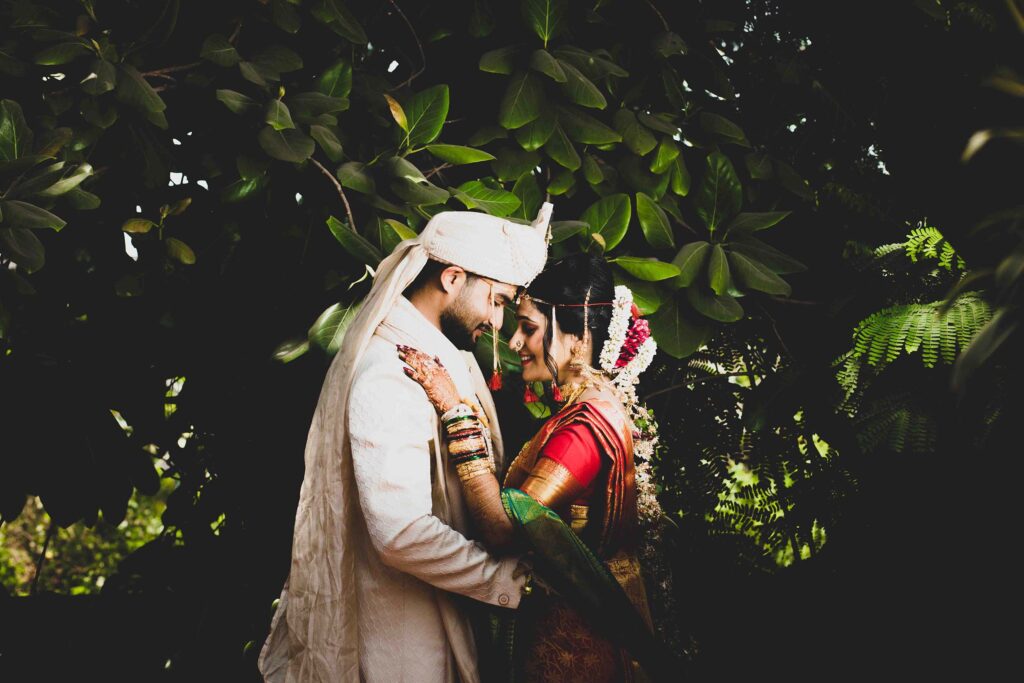
1.1. Traditional wedding photography
Traditional wedding photography, also known as classic wedding photography, is defined by posed shots and formal group portraits. This style focuses on capturing timeless, elegant photos of the bride, groom, and their families. wedding photography If you envision a collection of formal portraits from your wedding day, this may be the right style for you.
What to Expect:
- Guided posing for each shot.
- Emphasis on formality and traditional settings.
- Formal group portraits with family and friends.
- Classic editing style with vibrant color and contrast.
Ideal For: Couples who want a more traditional approach and prefer elegant, posed images that reflect the formality of the day.
1.2. Photojournalistic or Documentary wedding photography
Photojournalistic wedding photography (or documentary style) focuses on capturing candid moments as they unfold naturally. wedding photography The photographer takes a step back and captures real emotions, laughter, tears, and moments of intimacy without interruption. The idea is to create a storytelling narrative of your day from start to finish.
What to Expect:
- Candid moments that tell a story.
- No posing or directing, unless necessary for specific moments.
- Focus on emotions, interactions, and moments.
- Minimal intervention or direction from the photographer.
Ideal For: Couples who prefer natural, unposed photos and want their wedding documented authentically as it happens.
1.3. Fine Art wedding photography
Fine art wedding photography combines artistic compositions with wedding imagery, focusing on creating visually striking photos that could be considered works of art. wedding photography This style often involves carefully planned shots and creative lighting, wedding photography capturing the beauty of the wedding day through a more artistic and elegant lens.
What to Expect:
- Artistic compositions and lighting.
- Use of natural or soft lighting to create a dreamy atmosphere.
- Creative angles, textures, and perspectives.
- Often more stylized editing, with a focus on mood and aesthetics.
Ideal For: Couples who want their wedding photos to feel like art and are willing to allow the photographer to take creative control over the session.
1.4. Lifestyle wedding photography
Lifestyle wedding photography is a blend of documentary and fine art styles, combining natural moments with artistic compositions. wedding photography This style is relaxed and aims to showcase real emotions while also focusing on aesthetic beauty.
What to Expect:
- Candid moments of connection and joy.
- Emphasis on creating beautiful, well-composed shots without looking overly staged.
- A balance of posed and unposed images.
- More laid-back approach to direction.
Ideal For: Couples who want a mix of candid storytelling and creative imagery that highlights the natural beauty of the day.
1.5. Vintage wedding photography
Vintage wedding photography channels the look and feel of past eras. wedding photography Photographers may use film cameras or apply editing techniques to give the photos a nostalgic, retro quality. This style evokes memories of the past and is ideal for couples who appreciate history and timeless aesthetics.
What to Expect:
- A vintage or retro vibe, either through editing or film.
- Soft, muted colors and grainy textures.
- Use of classic or historical influences in composition and styling.
Ideal For: Couples who love old-fashioned charm and want their wedding photos to have a nostalgic, timeless feel.
2. Evaluate Photographers’ Portfolios wedding photography
wedding photography Once you’ve narrowed down the type of style that resonates with you, it’s time to start researching potential photographers. wedding photography A photographer’s portfolio is an essential resource for evaluating their work, and it should give you a clear sense of their style, skill, and approach.
2.1. What to Look for in a Portfolio wedding photography
When reviewing a wedding photography portfolio, pay attention to the following:
- Consistency: wedding photography Does the photographer maintain a consistent style throughout their work? Do the photos match the tone and aesthetic that you envision for your wedding day?
- Emotional Impact: wedding photography Look for images that capture emotions, interactions, and fleeting moments. Does the photographer make you feel something when you look at their photos?
- Technical Skill: wedding photography Assess the technical aspects of the photos, including exposure, focus, composition, and lighting. Does the photographer have control over these elements?
- Editing Style: wedding photography Review the photographer’s editing style. Is it too heavy-handed, or does it enhance the natural beauty of the photos? Does it match your taste?
2.2. Check for Full Wedding Galleries wedding photography
While a wedding photography portfolio showcases their best work, it’s important to review full wedding galleries to get a better sense of how they document an entire event. wedding photography Full galleries allow you to see the photographer’s approach to different moments—such as the ceremony, reception, and couple portraits—while ensuring that they consistently produce high-quality work throughout the day.
3. Meet Your Photographer in Person (or Virtually) wedding photography
Once you’ve narrowed down your list of photographers, it’s time to meet with them. wedding photography Whether in person or virtually, this meeting is a crucial step in finding the right fit.
3.1. Ask the Right Questions wedding photography
wedding photography During the meeting, ask questions to gauge the photographer’s experience, personality, and ability to meet your needs. Here are some questions to ask:
- What is your photography style? (to ensure alignment with your vision).
- Have you worked at venues similar to ours? (to assess their familiarity with your location).
- How do you approach difficult lighting situations? (to ensure they are skilled in varying conditions).
- What’s your backup plan for equipment failure or emergencies? (to ensure reliability).
- How many hours of coverage do you provide, and what’s included in the package?
- Can we see a full gallery of a recent wedding you’ve shot?
- What’s your process for delivering the final photos, and how long does it take?
3.2. Assess Their Personality and Communication Style wedding photography
wedding photography You’ll be spending a significant amount of time with your photographer on your wedding day, so it’s important to assess their personality. wedding photography Do they make you feel comfortable? Are they easy to communicate with? Do they understand your vision? wedding photography A photographer’s personality should make you feel at ease, as this will come through in the photos.

4. Set a Budget and Discuss Pricing wedding photography
wedding photography can be a substantial investment, and it’s important to establish your budget before hiring a photographer. wedding photography Keep in mind that pricing can vary greatly depending on the photographer’s experience, reputation, and the services they offer.
4.1. Understand Pricing Structures wedding photography
wedding photography typically offer packages that vary in price based on:
- The number of hours covered on the wedding day.
- The number of photographers included (second shooters can help capture additional angles and moments).
- Albums, prints, and additional products such as engagement shoots or photo books.
Be sure to discuss what’s included in the package and ensure that there are no hidden fees. Get everything in writing, including timelines for photo delivery.
4.2. Balance Quality and Budget wedding photography
While it’s tempting to choose the most affordable option, wedding photography is an investment in memories that will last a lifetime. wedding photography Consider the quality of the photographer’s work and how it aligns with your vision, rather than simply going with the cheapest option.
5. Trust Your Instincts wedding photography
wedding photography Ultimately, trust your instincts when choosing a wedding photography. It’s important that you feel confident in your choice and believe that they will do justice to capturing the special moments of your wedding day.
wedding photography Consider how well the photographer communicates, their level of professionalism, and how comfortable you feel around them. wedding photography After all, you want someone who will help you relax and enjoy the day while capturing your love story.
Techniques for Capturing Love and Emotion wedding photography
To capture these emotional moments effectively, wedding photography photographers use various techniques that help highlight the feeling and connection between the couple.
a. Focus on Expressions wedding photography
Expressions are the windows to emotions. A photographer should focus on capturing facial expressions—smiles, tears, laughter, and looks of love. It’s these micro-expressions that convey the depth of emotion and connection.
b. Use of Light wedding photography
Lighting plays a critical role in setting the tone of the photo. wedding photography Soft, natural light can evoke warmth and intimacy, wedding photography while dramatic lighting can add depth and emotion. A skilled photographer knows how to use light to highlight the emotional essence of the moment.
c. Composition wedding photography
The way the wedding photography frames a shot can emphasize the emotion. For example, a close-up shot of the couple holding hands or a wide shot of the couple surrounded by their loved ones can capture the feelings of love and togetherness. Using the right composition can draw the viewer’s attention to the emotional focal point of the image.
d. Timing wedding photography
Timing is key in wedding photography. Capturing the perfect moment often requires the photographer to be quick and perceptive. Whether it’s the blink of an eye, wedding photography a heartfelt kiss, or a fleeting smile, the photographer must be ready to capture the emotion as it happens.
Techniques for Capturing Love and Emotion wedding photography
To capture these emotional moments effectively, wedding photography photographers use various techniques that help highlight the feeling and connection between the couple.
a. Focus on Expressions wedding photography
Expressions are the windows to emotions. A photographer should focus on capturing facial expressions—smiles, tears, laughter, and looks of love. It’s these micro-expressions that convey the depth of emotion and connection.
b. Use of Light wedding photography
Lighting plays a critical role in setting the tone of the photo. wedding photography Soft, natural light can evoke warmth and intimacy, wedding photography while dramatic lighting can add depth and emotion. A skilled photographer knows how to use light to highlight the emotional essence of the moment.
c. Composition wedding photography
The way the photographer frames a shot can emphasize the emotion. wedding photography For example, a close-up shot of the couple holding hands or a wide shot of the couple surrounded by their loved ones can capture the feelings of love and togetherness. wedding photography Using the right composition can draw the viewer’s attention to the emotional focal point of the image.
d. Timing wedding photography
Timing is key in wedding photography. Capturing the perfect moment often requires the photographer to be quick and perceptive. Whether it’s the blink of an eye, wedding photography a heartfelt kiss, or a fleeting smile, the photographer must be ready to capture the emotion as it happens.

History of wedding photography
The practice of capturing wedding photography dates back to the 19th century. Before the invention of photography, weddings were remembered through painted portraits or written accounts. wedding photography Early wedding photography were often quite formal and posed, due to the limitations of photographic technology at the time. The first wedding photography were taken using daguerreotype or tintype techniques, which required long exposure times and heavy equipment.
In the early years of wedding photography, the expense and complexity of having a wedding captured on film meant that it was mostly reserved for the wealthy. wedding photography However, as photography technology advanced, wedding photography it became more accessible to the middle class, and by the 20th century, wedding photography had become a common practice.
In the 1980s and 1990s, wedding photography the digital revolution transformed the wedding photography industry. With the advent of digital cameras, wedding photography no longer had to worry about developing film or the costs associated with film photography. This led to greater creative freedom and the ability to take an unlimited number of shots, wedding photography ensuring that no moment was missed. Digital photography also made it easier to edit photos, giving photographers more control over the final product.
Today, wedding photography encompasses a wide variety of styles, including traditional, photojournalistic, fine art, and contemporary approaches, wedding photography allowing couples to choose a photographer whose style matches their vision for the day.
The Role of a wedding photography
A wedding photographer’s role is not limited to simply taking photographs. wedding photography It involves a deep understanding of the couple’s vision for their wedding day and the ability to capture that vision through the lens. Here are the key aspects of a wedding photographer’s responsibilities:
- Planning and Consultation: wedding photography
Before the wedding day, the photographer will typically meet with the couple to discuss their preferences, wedding photography specific moments they want to capture, and any special requests. This meeting allows the photographer to understand the couple’s style, the timeline of the wedding, and any logistical challenges they might face. - Pre-Wedding Shoot (Optional): wedding photography
Some couples opt for an wedding photography engagement session or a pre-wedding shoot. This gives the couple a chance to get comfortable in front of the camera and allows the photographer to get a better sense of their dynamic and comfort levels. - Capturing Key Moments: wedding photography
On the day of the wedding, the photographer is responsible for capturing the key moments, such as the ceremony, vows, wedding photography the first kiss, the family portraits, and the reception. A good photographer will be able to work unobtrusively and capture candid moments that reflect the true emotions of the day. - Details and Atmosphere: wedding photography
Beyond the people, wedding photography wedding photographers also capture the details—the decorations, the flowers, the cake, and the rings. These images help tell the story of the day and highlight the unique elements that make each wedding special. - Editing and Post-Processing: wedding photography
After the wedding, wedding photography the photographer will go through the images, selecting the best ones, and editing them for color correction, lighting, and composition. This step transforms the raw images into polished, professional-quality photos. - Delivering the Final Product: wedding photography
Once the wedding photography editing process is complete, the photographer will deliver the final images to the couple, often in the form of a digital gallery, prints, or even a custom album. The couple can choose how they wish to display or share the photos.
Styles of wedding photography
There are various styles of wedding photography, and each photographer may specialize in one or combine multiple styles. Understanding these styles helps couples choose a wedding photography who can best capture their wedding vision.
- Traditional (Classic) wedding photography: Traditional wedding photography focuses on posed shots, often with formal, structured compositions. This style typically involves capturing key moments like the couple walking down the aisle, wedding photography the exchange of rings, family group shots, and staged bridal portraits. This style is timeless, offering elegant and polished images.
- Photojournalistic wedding photography: wedding photography In contrast to the traditional approach, photojournalistic wedding photography emphasizes candid shots. The photographer captures the day as it unfolds, wedding photography documenting moments without directing or interfering. wedding photography The aim is to capture raw, authentic emotions and the story of the day. Photojournalism offers a more documentary-style approach, where the couple and their guests are captured in unposed moments.
- Fine Art wedding photography: Fine art wedding photography takes a more creative, artistic approach to capturing the wedding day. Photographers who specialize in this style often focus on composition, lighting, and mood to create visually stunning and artistic images. They may use special techniques like film photography or experimental editing to achieve a unique look.
- Contemporary wedding photography: Contemporary wedding photography blends traditional and modern approaches. Photographers might incorporate elements of fine art or photojournalism but with a more modern aesthetic. This style often includes creative poses, unique angles, and more experimental editing techniques.
- Destination wedding photography: Destination wedding photography is a niche within the wedding photography industry, focusing on weddings that take place in exotic or remote locations. wedding photography Photographers in this field must be skilled at adapting to new environments, understanding cultural nuances, and working with natural light.

Skills Required for wedding photography
wedding photography is a complex field that requires a wide range of skills. Photographers must possess both technical expertise and the ability to connect with clients emotionally. wedding photography Some of the key skills required include:
- Technical Proficiency: wedding photography Wedding photographers need to be experts in their equipment. They must understand how to use cameras, lenses, lighting, and other gear to capture high-quality images in a variety of settings and lighting conditions. This includes understanding exposure settings, white balance, and depth of field.
- Attention to Detail: wedding photography Weddings are full of small details that make the day unique. A photographer must have a keen eye for detail to capture these elements, such as the intricate design of the wedding cake, the bride’s shoes, or the couple’s wedding rings.
- People Skills: A wedding photography spends the entire day interacting with the couple, their families, and guests. Building rapport with people is crucial, wedding photography as it helps create a comfortable environment and ensures the photographer can capture candid and natural moments.
- Creativity: wedding photography is an art, and creativity plays a huge role. A photographer must be able to see ordinary moments and transform them into extraordinary photographs. wedding photography Whether through creative posing, unique angles, or imaginative compositions, creativity is essential for producing standout images.
- Time Management: wedding photography Weddings are fast-paced, and there’s often a lot of pressure to capture specific moments at the right time. wedding photography A photographer must be able to manage their time effectively to ensure they don’t miss key moments while also maintaining a relaxed atmosphere.
- Post-Processing and Editing: wedding photography After the wedding, photographers spend considerable time editing photos to perfect the colors, wedding photography exposure, and overall look of the images. wedding photography Proficiency in editing software such as Adobe Lightroom and Photoshop is essential for producing high-quality, polished images.
Challenges in wedding photography
While wedding photography can be incredibly rewarding, it comes with its fair share of challenges. Here are some of the common difficulties faced by wedding photographers:
- Unpredictable Weather: wedding photography Outdoor weddings can be a gamble when it comes to weather. Photographers must always be prepared for rain, wind, or intense sunlight, which can affect the quality of the photos. wedding photography A skilled wedding photographer must be able to adapt to various weather conditions and still deliver great results.
- Long Working Hours: wedding photography often requires photographers to work long hours. A wedding day can span from early morning preparations to late-night dancing and celebrations. wedding photography This can be exhausting, both physically and mentally, especially when photographers are expected to stay focused and creative throughout the day.
- Client Expectations: wedding photography Wedding clients often have high expectations for their wedding photos. wedding photography They may have a specific vision in mind, and meeting those expectations can be stressful for photographers. wedding photography Communicating clearly with clients before the wedding is essential to understanding their needs.
- Handling Multiple Tasks: wedding photography A wedding photographer is often responsible for a multitude of tasks on the day of the event, including directing group photos, setting up lighting, and ensuring that they don’t miss important moments. wedding photography This multitasking requires excellent organizational skills.
- Emotional Pressure: wedding photography Wedding photographers are capturing one of the most important days in a couple’s life, and there is immense pressure to get everything right. wedding photography Mistakes are not easily forgiven, as the couple will cherish these photos for years. Managing that pressure is essential to delivering high-quality work.
1. Choose the Right wedding photography
The foundation of great wedding photography begins with selecting the right photographer. wedding photography The best photographers are not just technical experts—they are storytellers who understand how to capture the unique moments of a wedding day. wedding photography When searching for a wedding photographer, consider the following:
a. Review Their Portfolio wedding photography
wedding photography The first step in finding a great wedding photographer is to review their portfolio. Look for a style that resonates with you, wedding photography whether it’s photojournalistic, fine art, traditional, or a blend of styles. wedding photography Pay attention to how the photographer handles lighting, composition, and storytelling. Make sure the portfolio reflects consistency in quality and style.
b. Personality and Compatibility wedding photography
Your wedding photography will be with you throughout your day, often in close proximity during intimate moments. It’s essential to hire someone whose personality meshes well with yours. wedding photography A photographer who is approachable, wedding photography friendly, and confident will make you feel more comfortable, which results in more natural, genuine moments being captured.
c. Experience with Weddings wedding photography
Choosing a photographer who has experience in wedding photography is crucial. wedding photography Weddings are dynamic events with lots of moving parts, wedding photography so an experienced photographer will be able to adapt to different scenarios (e.g., changing lighting, unpredictable weather, large groups of guests). wedding photography They will know how to direct group shots while still capturing candid moments.

2. Pre-Wedding Planning wedding photography
wedding photography To ensure a seamless and stress-free photography experience on the wedding day, thorough planning before the event is essential. wedding photography Here are the best ways to prepare:
a. Discuss Your Vision wedding photography
wedding photography Before the wedding, meet with your photographer to discuss your vision. wedding photography This includes the style of photos you want, wedding photography any special moments you want to capture, and the overall mood of the day. Are you more inclined toward candid shots or formal portraits? Would you like your photos to feel relaxed and spontaneous, or do you want a more polished, posed look?
b. Create a Shot List wedding photography
While a good photographer will be able to anticipate key moments, it’s always helpful to create a shot list. wedding photography This list should include must-have images, such as the bride and groom walking down the aisle, the first kiss, first dance, wedding photography group photos with family members, and any special details like the rings, invitations, and wedding attire.
c. Scout the Locations wedding photography
If possible, visit your wedding venue with your wedding photography photographer before the big day. This allows them to get a sense of the lighting, the layout, and any potential challenges. If you’re getting married outdoors, wedding photography the photographer can scout the area for beautiful backdrops and ensure they’re prepared for changes in lighting or weather.
d. Discuss the Timeline wedding photography
wedding photography A well-organized wedding day schedule is essential for smooth photography. wedding photography Discuss the wedding day timeline with your photographer to ensure there’s enough time for key moments, wedding photography including pre-wedding shots, the ceremony, family portraits, and the reception. Make sure to build in some buffer time in case things run late.
3. Capturing Key Moments with Authenticity wedding photography
On the wedding day, wedding photography the photographer’s role is to capture the significant moments, emotions, and memories as they unfold naturally. wedding photography Here are some of the most important moments to focus on:
a. Pre-Ceremony Shots wedding photography
wedding photography The best wedding photos often begin long before the ceremony. wedding photography Capture candid moments of the bride and groom getting ready, surrounded by their closest family and friends. wedding photography This includes shots of the bride putting on her dress, the groom adjusting his tie, and the anticipation in the air. wedding photography These moments help set the stage for the day’s emotions.
b. The First Look wedding photography
For many couples, wedding photography the first look is one of the most emotional moments of the day. Whether you choose to see each other before the ceremony or wait until the walk down the aisle, wedding photography this moment should be captured in a way that reflects the couple’s emotion. wedding photography The photographer should focus on the expressions and the intimate connection shared between the couple.
c. Ceremony Highlights wedding photography
wedding photography The ceremony itself is filled with key moments: walking down the aisle, the exchange of vows and rings, the first kiss, and the newlyweds’ first steps as a married couple. wedding photography wedding photography These are the moments that define the wedding and should be captured with attention to detail. wedding photography The photographer should aim to capture the couple’s emotions during these pivotal moments, as well as the reactions of guests.
d. Candid Shots of Guests wedding photography
wedding photography Some of the best wedding photos come from candid moments. Capturing the reactions of guests as they laugh, cry, or celebrate adds authenticity to the wedding album. wedding photography Photographers should stay observant, ready to capture moments of joy, surprise, and emotion.
e. Group Photos wedding photography
wedding photography Family portraits are an essential part of wedding photography. However, they don’t have to be stiff or overly posed. While it’s important to get the classic group shots, wedding photography great photographers will know how to make family photos feel natural. wedding photography Ensure that you’ve prepared a list of key people for these shots so that they can be done quickly and efficiently.
f. The Reception: Dancing and Celebration wedding photography
wedding photography The reception is a time to let loose, celebrate, and have fun. The best way to capture this is by focusing on the energy of the moment. wedding photography The couple’s first dance, the speeches, and spontaneous dancing provide fantastic opportunities for candid, emotional shots. wedding photography Photographers should also focus on small, intimate moments during the reception, like guests sharing a laugh or a heartfelt moment with the couple.

4. Emphasizing the Details wedding photography
wedding photography Weddings are full of beautiful details, and a great photographer knows how to highlight these. Focus on capturing the little things that make the wedding unique, such as:
- The bride’s dress, shoes, and accessories
- The wedding rings
- The floral arrangements and bouquets
- The table settings and decorations
- The cake and dessert table
- Personalized elements (e.g., handwritten vows, signage)
wedding photography These details add layers to the wedding story and create a comprehensive visual narrative of the day. Taking time to photograph these moments ensures that every aspect of the celebration is remembered.
5. Post-Wedding Editing and Delivery wedding photography
After the wedding, the photographer’s work isn’t over. wedding photography The post-production phase is where the raw images are refined to create the final product. The best way to approach editing and delivery is:
a. Editing with Care wedding photography
wedding photography The editing process is crucial for enhancing the photos while keeping them true to the couple’s vision. wedding photography Skilled photographers will adjust exposure, color balance, and lighting to create images that feel natural but polished. wedding photography Many photographers also offer black-and-white versions of select photos for a timeless touch.
b. Timely Delivery wedding photography
Couples are eager to see their wedding photos, so timely delivery is essential. wedding photography Depending on the package, photographers may provide a digital gallery within a few weeks to a couple of months. wedding photography Some photographers also offer beautifully crafted wedding albums, which can serve as a physical representation of the couple’s special day.
c. The Wedding Album wedding photography
In addition to digital galleries, many couples choose to invest in a wedding photography wedding album that showcases the best photos from the day. wedding photography A high-quality, professionally designed album is a beautiful way to relive the wedding day and share the memories with future generations.
6. Tips for Couples to Get the Best Photos wedding photography
While the photographer plays the key role in capturing great wedding photos, couples can also take steps to ensure the best results:
- Be Relaxed and Natural: The more relaxed you are, the more natural and authentic your photos will be. Trust your photographer and enjoy the moments as they come.
- Communicate Your Preferences: If you have specific ideas for your wedding photos, communicate these with your photographer. Share any inspiration you have, but also be open to their creative suggestions.
- Be Prepared for Group Photos: wedding photography Organize your family and bridal party for group shots, so you don’t waste time during the session. Ensure everyone is present and ready.
- Take Care of Your Appearance: While your photographer will do their best to capture the beauty of the day, paying attention to your attire, hair, and makeup can help you look your best in photos.

Conclusion wedding photography
Choosing the right wedding photography photographer for your wedding is an essential step in ensuring that your special day is beautifully documented. wedding photography By understanding the different photography styles, reviewing portfolios, wedding photography meeting with photographers in person, and setting a realistic budget, wedding photography you can make an informed decision that aligns with your vision for your wedding day.
Remember, wedding photography wedding photos are much more than just pictures; they are cherished memories that will last a lifetime. wedding photography By carefully selecting the right wedding photography, you are investing in capturing the moments that will forever remind you of the love, joy, and beauty of your wedding day.

